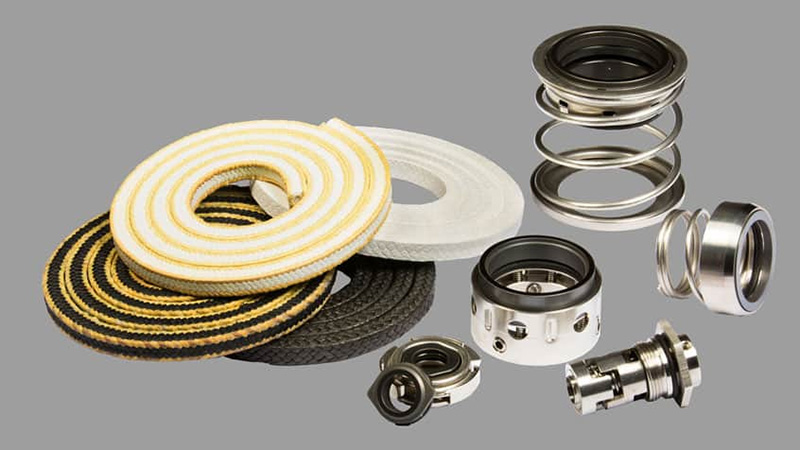
Packing, seal and gasket resists the flow of fluid from machinery face, head, joint and machinery gap or clearance.
Packing materials: Fiber, asbestos, cotton, synthetic materials, plastic, Teflon, graphite etc.
Packing structure: Twisted, Braided and Consolidated.
Gasket: A gasket is a mechanical seal that fills the space between two mating surfaces, generally to prevent leakage from or into the joined objects while under compression. Gaskets allow "less-than-perfect" mating surfaces on machine parts where they can fill irregularities. Gaskets are commonly produced by cutting from sheet materials, such as gasket paper, rubber, silicone, metal, cork, felt, neoprene, nitrile rubber, fiberglass, or a plastic polymer (such as polychlorotrifluoroethylene)
| Name of the gasket | Uses |
|---|---|
| 1. Rubber gasket | It is used at low temperature and pressure water line. |
| 2. Synthetic rubber | It is used at oil and chemical line. |
| 3. Polytetrafluorethylene | It is better only for chemical line. |
| 4. Asbestos and asbestos compound gasket | It is used for high and medium temperature and pressure line. |
| 5. Paronite or clinggarite gasket | It is used for high temperature and pressure line. |
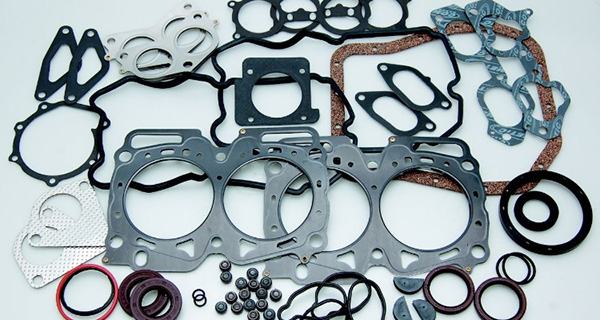
Seals: Seals are such a thing which is used to prevent the leakage of steam and lubricating oil.
Types of seals:
Gland packing seal
‘O’ ring seal
Oil ring seal
Mechanical seal
Oil film seal
Dry gas seal
Labyrinth seal
Synthetic seal
Gland packing seal: It is used to prevent the leakage of gland steams in steam turbine.
‘O’ ring seal: An O-ring, also known as a packing, or a toric joint, is a mechanical gasket in the shape of a torus. It is a loop of elastomer with a disc-shaped cross-section, designed to be seated in a groove and compressed during assembly between two or more parts, creating a seal at the interface.
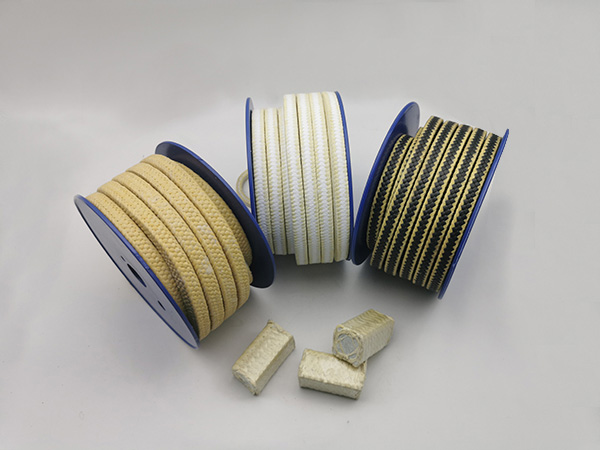
O-rings are one of the most common seals used in machine design because they are inexpensive, easy to make, reliable, and have simple mounting requirements. They can seal tens of megapascals (thousands of psi) pressure.
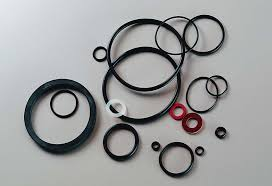
Oil ring seals: Oil ring seals are such types of seals which are used to prevent the leakage of oils from machine parts. It is most efficient and costly than ‘O’ ring seal.
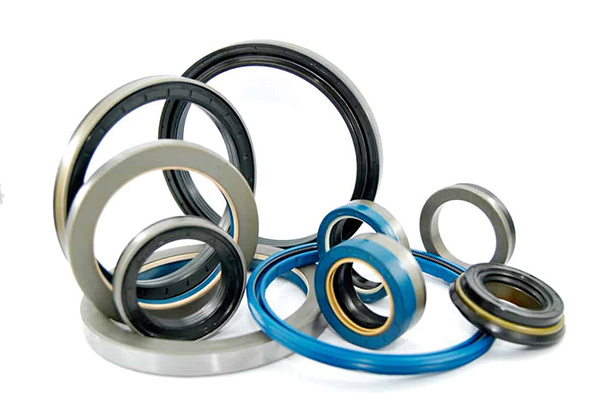
Mechanical seals:
A mechanical seal is a device which helps join systems or mechanisms together by preventing leakage, containing pressure, or excluding contamination.
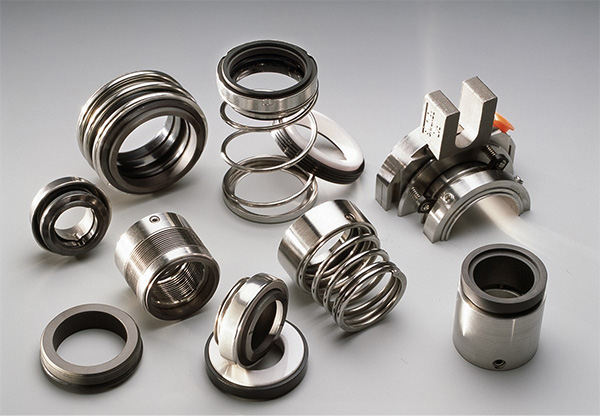
Mechanical seals feature:
Invisible leakage
Less friction or power loss
No to little wear on the shaft or sleeves
Flexibility to accommodate shaft deflection and “End Play”.
No Period Maintenance
Long life
Labyrinth Seal:
A labyrinth seal is a type of mechanical seal that provides a tortuous path to help prevent leakage. An example of such a seal is sometimes found within an axle's bearing to help prevent the leakage of the oil lubricating the bearing.
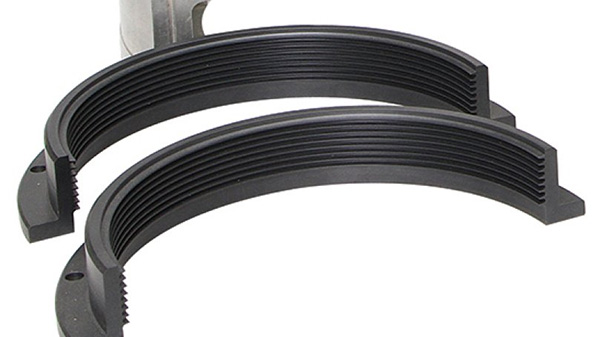
A labyrinth seal may be composed of many grooves that press tightly inside another axle, or inside a hole, so that the fluid has to pass through a long and difficult path to escape. Sometimes screw threads exist on the outer and inner portion. These interlock, to produce the long characteristic path which slows leakage. For labyrinth seals on a rotating shaft, a very small clearance must exist between the tips of the labyrinth threads and the running surface.
Labyrinth seals on rotating shafts provide non-contact sealing action by controlling the passage of fluid through a variety of chambers by centrifugal motion, as well as by the formation of controlled fluid vortices. At higher speeds, centrifugal motion forces the liquid towards the outside and therefore away from any passages. Similarly, if the labyrinth chambers are correctly designed, any liquid that has escaped the main chamber becomes entrapped in a labyrinth chamber, where it is forced into a vortex-like motion. This acts to prevent its escape, and also acts to repel any other fluid. Because these labyrinth seals are non-contact, they do not wear out.
Synthetic seals:
Rubbers
Nitriles
Polyacrylates
Silicones
Classification of seal services:
Light
Moderate
Heavy – duty
Fluid separation